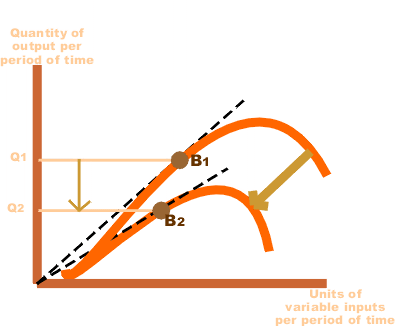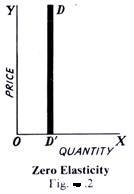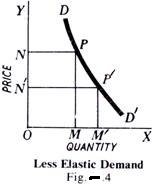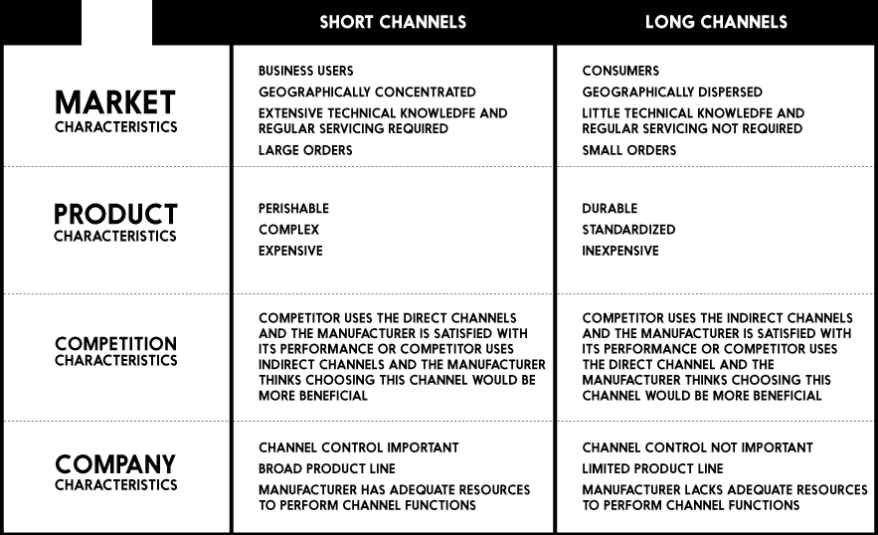Consumer Behaviour, Meaning and Nature, Challenges
Consumer behavior refers to the study of how individuals, groups, and organizations select, purchase, use, and dispose of goods, services, ideas, or experiences to satisfy their needs and desires. It encompasses the psychological, social, and emotional factors that influence buying decisions. Understanding consumer behavior helps businesses develop effective marketing strategies, improve customer engagement, and enhance product offerings. It involves analyzing factors like personal preferences, cultural influences, social norms, and purchasing patterns. By comprehending what motivates consumers, companies can anticipate market trends, meet customer expectations, and create value-driven solutions that foster loyalty and long-term success.
Nature of Consumer Behaviour:
-
Complex Process
Consumer behavior is a complex process involving multiple psychological and social factors that influence decision-making. Consumers do not simply purchase products; they go through several stages, including need recognition, information search, evaluation of alternatives, purchase decision, and post-purchase behavior. The complexity arises due to varying individual preferences, motivations, cultural influences, and situational factors, making it challenging for businesses to predict consumer actions accurately.
-
Influenced by Various Factors
Consumer behavior is influenced by personal, psychological, social, and cultural factors. Personal factors include age, gender, and lifestyle, while psychological factors involve perception, learning, and attitudes. Social influences like family, reference groups, and social class also play a role. Additionally, cultural factors such as values, traditions, and societal norms shape consumer preferences and buying decisions.
-
Dynamic in Nature
Consumer behavior is dynamic and constantly evolving due to changes in personal preferences, technology, lifestyle, and market trends. New products, innovations, and marketing strategies influence consumer preferences over time. Additionally, external factors like economic conditions and societal shifts can alter consumer priorities, making it essential for businesses to stay updated and adapt to changing consumer needs.
- Goal-Oriented
Consumers exhibit goal-oriented behavior, meaning their purchasing decisions are driven by the desire to fulfill specific needs or achieve certain outcomes. These needs may be functional, emotional, or symbolic. For instance, a consumer may buy a product for its practical utility, to gain emotional satisfaction, or to express social status. Understanding these goals helps marketers design better value propositions.
-
Varies Across Individuals
Consumer behavior varies greatly from person to person due to differences in personality, preferences, and socio-economic background. While some consumers may prioritize price, others might focus on quality, brand reputation, or convenience. This variability necessitates market segmentation and personalized marketing approaches to cater to different consumer groups effectively.
-
Involves Decision-Making
Consumer behavior involves a decision-making process where consumers evaluate various alternatives before making a final purchase. This process includes identifying needs, gathering information, comparing options, and making choices. Post-purchase evaluation, where consumers assess whether their expectations were met, is also a critical aspect. Businesses need to understand this process to influence decision-making positively.
-
Reflects Social Influence
Consumer behavior often reflects the influence of social factors such as family, friends, peer groups, and society at large. People tend to seek social acceptance and approval in their purchasing decisions. Word-of-mouth recommendations, social media, and online reviews have a significant impact on consumer behavior, making social influence a critical element in marketing strategies.
-
Varies by Product Type
Consumer behavior differs depending on the type of product or service being purchased. For high-involvement products like cars or electronics, consumers spend more time researching and comparing options. In contrast, low-involvement products like daily essentials involve quick decision-making. Understanding this distinction helps businesses tailor their marketing efforts to suit different product categories.
-
Influenced by Perception
Perception plays a significant role in consumer behavior, as individuals form subjective opinions about products and brands based on how they interpret information. Factors such as advertising, packaging, branding, and word-of-mouth shape consumer perceptions. Even if two products offer similar value, consumers may choose the one they perceive as superior due to effective marketing.
-
Leads to Customer Satisfaction
The ultimate goal of consumer behavior is to achieve customer satisfaction. When consumers feel that a product or service meets or exceeds their expectations, they experience satisfaction, leading to brand loyalty and repeat purchases. Conversely, dissatisfaction can result in negative reviews and lost customers. Understanding consumer behavior allows businesses to create offerings that maximize satisfaction and long-term relationships.
Challenges of Consumer Behaviour:
-
Complexity of Consumer Needs
Consumers have diverse and complex needs that vary across individuals and situations. A single product may cater to different needs for different people. For instance, one consumer may buy a car for luxury, while another buys it for utility. Understanding and predicting these multifaceted needs is a significant challenge for marketers aiming to create products that satisfy varying consumer expectations.
-
Rapidly Changing Preferences
Consumer preferences evolve rapidly due to factors like technological advancements, societal trends, and exposure to global cultures. What is popular today may become obsolete tomorrow. Keeping up with these changing preferences requires businesses to be highly adaptable and continuously innovate to meet new demands. Failing to do so can result in losing relevance in the market.
-
Influence of Social and Cultural Factors
Social and cultural factors greatly influence consumer behavior. These factors differ significantly across regions, making it challenging for global businesses to design universally appealing marketing strategies. For example, a product that is successful in one country may not resonate in another due to cultural differences. Understanding and respecting these nuances is critical for market success.
-
Impact of Psychological Factors
Consumer behavior is heavily influenced by psychological elements such as perception, motivation, attitudes, and beliefs. These factors are subjective and vary widely among individuals, making it difficult for marketers to generalize behaviors. Additionally, psychological factors are often subconscious, further complicating efforts to predict or influence consumer actions.
-
Information Overload
In today’s digital age, consumers are bombarded with information from multiple sources, including advertisements, social media, and peer reviews. This information overload makes it harder for businesses to capture and retain consumer attention. Moreover, consumers may struggle to process all the information, leading to unpredictable buying behavior.
-
Increasing Consumer Expectations
With the availability of numerous alternatives and personalized offerings, consumer expectations have risen significantly. Modern consumers demand high-quality products, exceptional service, and unique experiences. Meeting these elevated expectations requires businesses to continuously improve their offerings, which can be resource-intensive and difficult to sustain.
-
Influence of Technology
Technology has transformed how consumers interact with businesses. From online shopping to social media engagement, digital platforms have created new avenues for consumer behavior. However, this has also increased the complexity of tracking and understanding consumer preferences across multiple channels. Businesses must invest in advanced analytics to gain insights into online consumer behavior.
-
Brand Loyalty vs. Switching Behavior
Building brand loyalty is a key objective for businesses, but it has become more challenging due to increased competition and abundant choices. Consumers can easily switch to competitors if they find better value elsewhere. Marketers must constantly engage consumers and deliver superior value to retain loyalty while addressing switching behavior effectively.
-
Ethical and Sustainable Consumption
Modern consumers are increasingly concerned about ethical and sustainable practices. They prefer brands that prioritize environmental and social responsibility. Businesses face the challenge of aligning their operations with these values while maintaining profitability. Additionally, they must communicate their efforts effectively to gain consumer trust.
-
Difficulty in Segmenting Markets
Effective market segmentation is essential for targeted marketing, but it is not always easy to implement. Consumer behavior can vary within segments due to individual differences, making it hard to identify homogeneous groups. Moreover, segments may overlap, requiring businesses to adopt complex, multi-segment strategies for better targeting.





